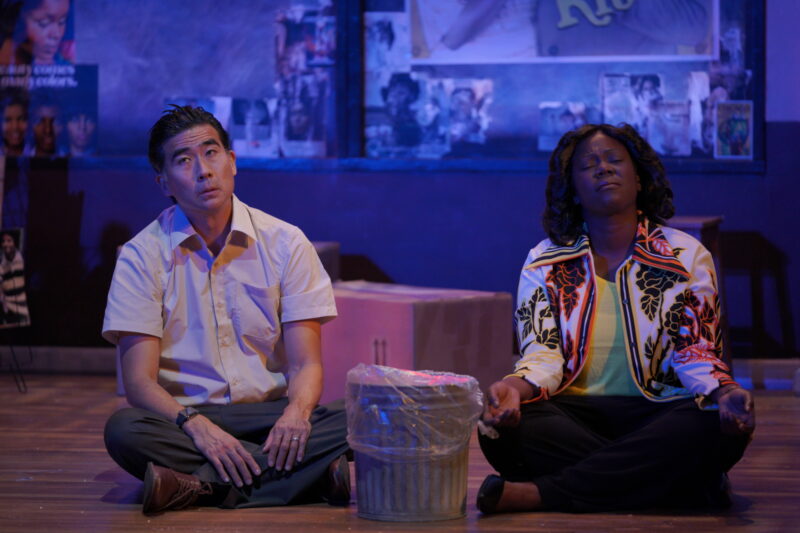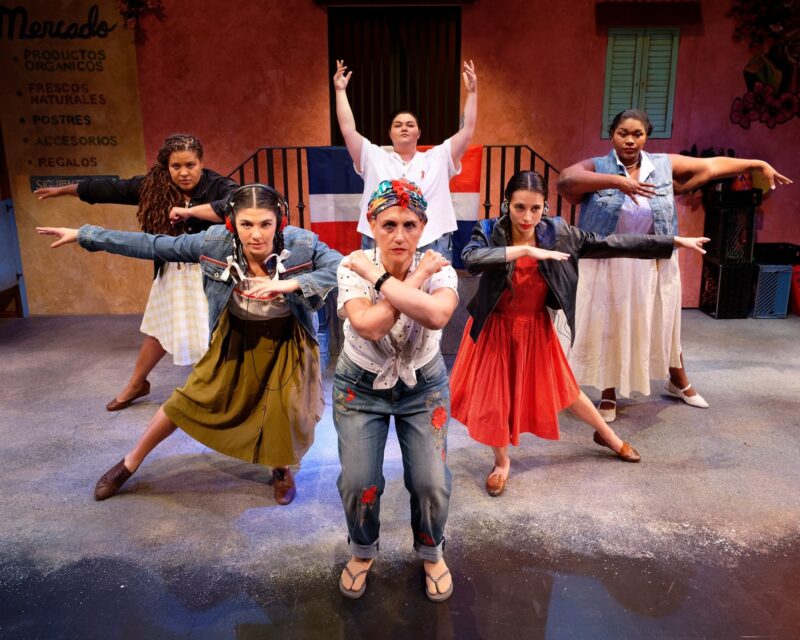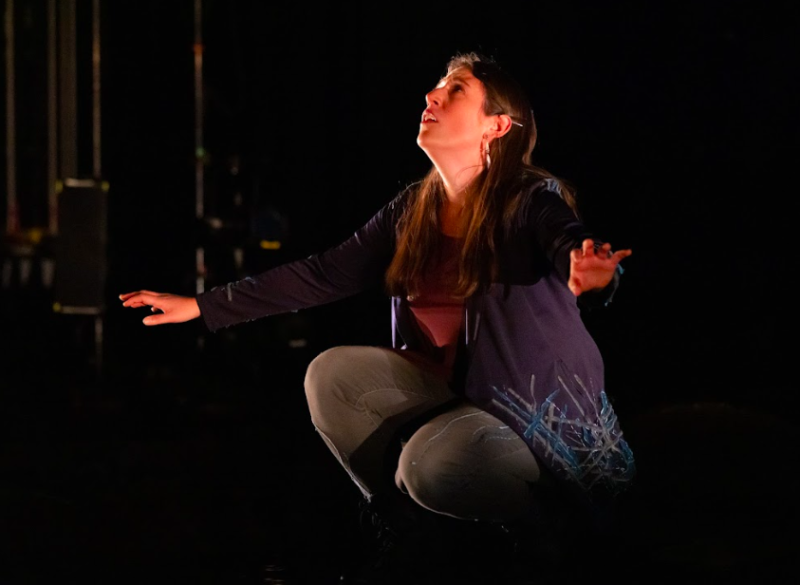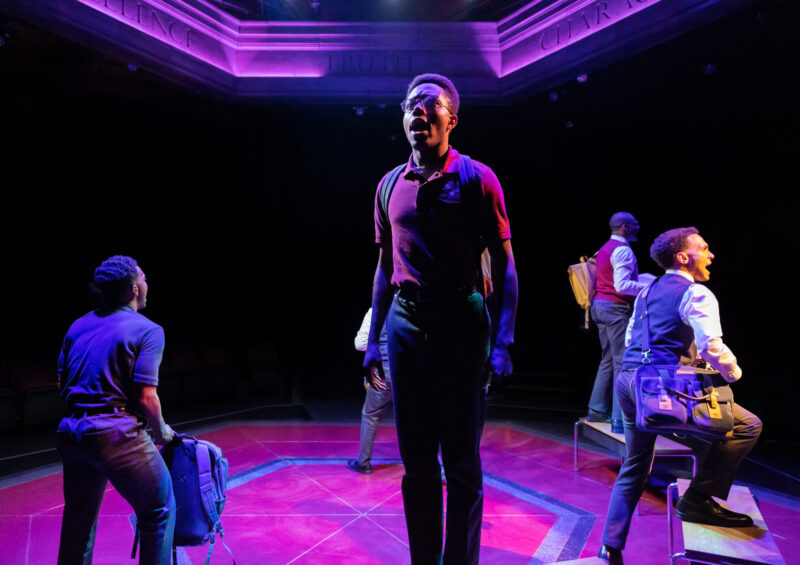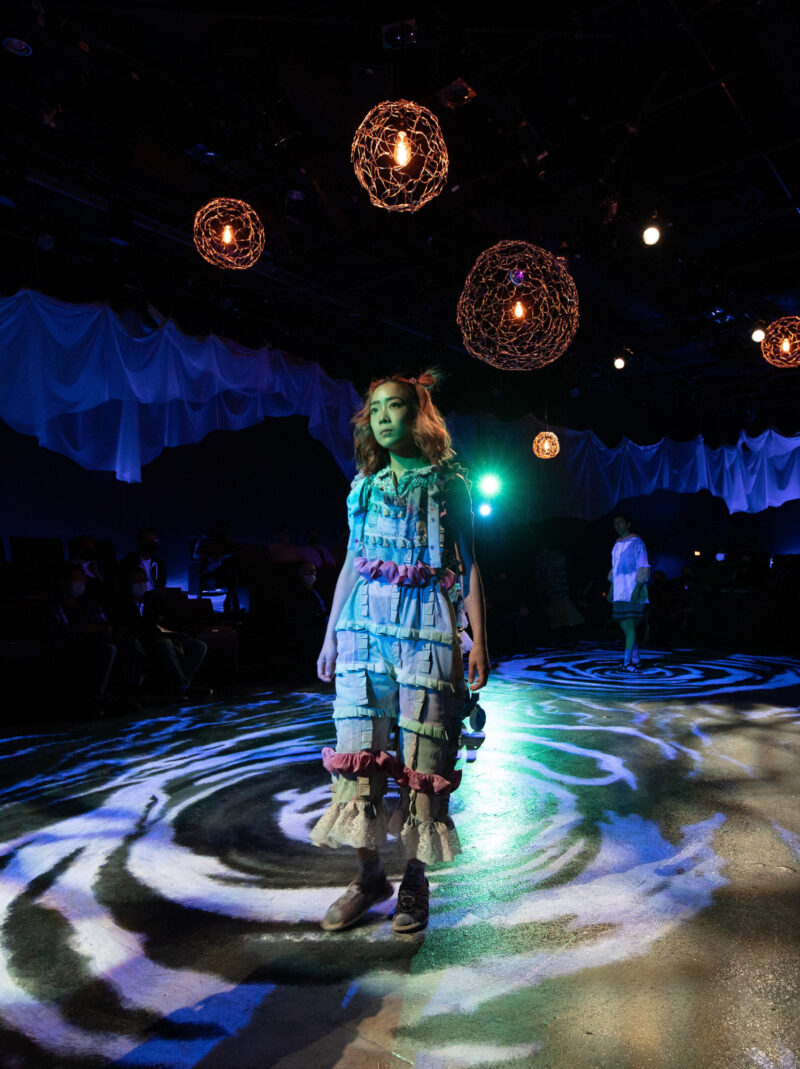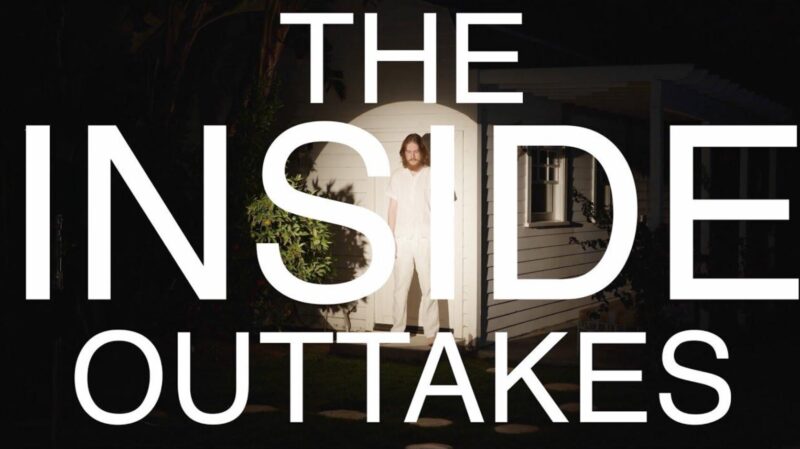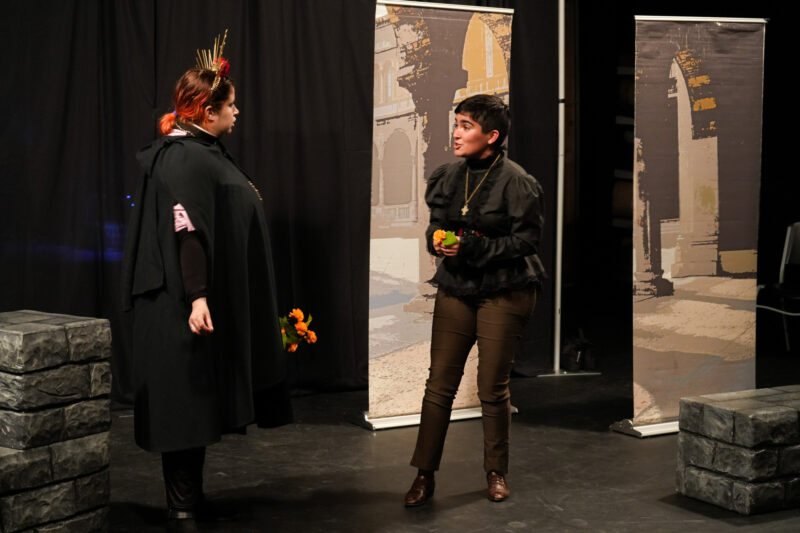The play opens to a lively set, filled with bright colors. Music pulses through the floorboards. The separation between the audience and the actors shrinks, and we are brought into the powerful, resonant story of four brave sisters. Directed by Ana María Campoy, the play In the Time of the Butterflies showcases the story of Las Mariposas and their rebellion against the Dominican Republic’s dictator Rafael Trujillo. Las Mariposas were four Dominican sisters—Dede (Beth Pollack), Minerva (Jasmine Lomax), Patria (Aviona Rodriguez Brown), and María Teresa Mirabal (Sofía Raquel Sánchez)—living during the tyrannical reign of President Trujillo. They helped lead the rebellion against his dictatorship, and three of them were eventually killed for it—their legacy, however, still played a role in Trujillo’s downfall. Based on the novel by Julia Alvarez and adapted for stage by Caridad Svich, the production by Book-It Repertory Theatre effectively conveys the events of Las Mariposa’s rebellion, but falters in operating as a theatrical piece.
One blatant issue with the piece is that as the sisters mature, the play’s events seem to have minimal effects on them. The sisters experience imprisonment, harassment, and horrors beyond imagination, but quickly after these events transpire, the characters return to their original disposition as though they had not encountered these evils at all. This flagrant lack of character growth is most noticeable in María Teresa. As a child, she was spunky and cheerful, always wanting new dresses and shoes. Her immature attitude surrounding clothing continues throughout the story, right up until her death—while Las Mariposas are driving before they are stopped and killed, María Teresa remarks on wanting a new bag. In some ways, this can be interpreted as a demonstration of how the sisters’ core values still hold true throughout all circumstances. However, in this scene, María’s materialism came off as shallow and fit the atmosphere poorly. Her childishness contrasts sharply with the mature and solemn María Teresa we see when she is actively participating in the rebellion. This inconsistency rendered attempts at understanding her emotional growth from child to adult near impossible. Her inconsistent nature could have been used thoughtfully to show the effects of Trujillo’s tyranny, but instead it makes it difficult to understand her character because she acts like two entirely separate people.
Sofía Raquel Sánchez in In the Time of Butterflies at Book-It Repertory Theatre, Photo by Anthony Floyd



